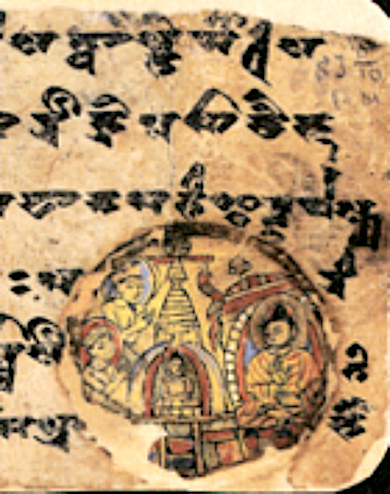Conference by Haiyan Hu-von Hinüber, Max-Weber-Center for Advanced Cultural and Social Studies, University Erfurt.
In the Buddhist art, there is an image of two sitting Buddhas, Śākyamuni and Prabhūtaratna, which can be traced back to the Lotus Sutra´s eleventh chapter (Stūpasaṃdarśana). It seems that the oldest preserved statues of these “Two Sitting Buddhas” are all found in China (5th century). Because none of this images was found outside of China until 2012, many Japanese and Chinese scholars assumed that the motif of the depiction most likely originated in China itself, which remains controversial.
In recent years (2012-2019), however, at least four images depicting “Two Sitting Buddhas” have been discovered outside China (Great Gandhāra, Hodur/Gilgit, Khotan and Nepal). The paper aims first to argue that the origin of this image should be sought in the ancient Indian cultural area, i.e. not in China as hitherto supposed.
Second, as the symbol of the Lotus Sutra par excellence, this image closely related to former Buddhist centers of the Lotus Sutra worship. Now, we can considerably extend the distributing area of the Lotus Sutra culture: in the western direction from Khotan via Hodur and Gilgit to Loriyan Tangai, in the South to Nepal, and in China from Yungang- and Longmen-Grottos to the Shandong peninsula on the east coast, where several older images (about 480 CE) have been identified as “Two Sitting Buddhas” recently.

